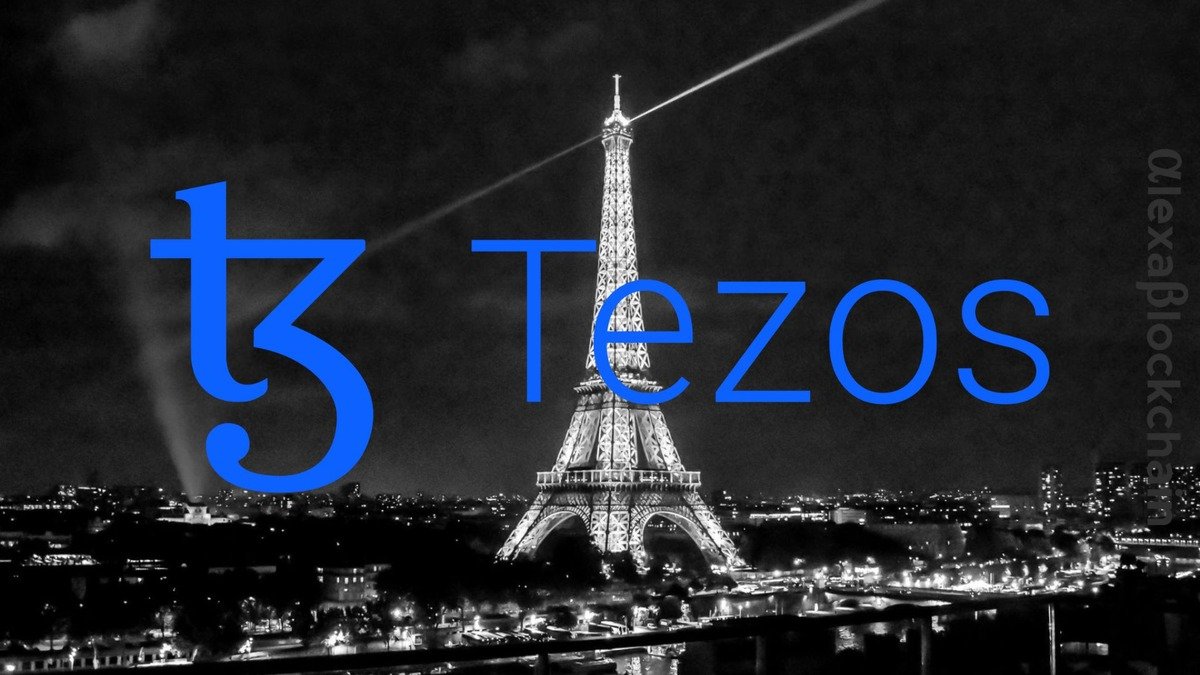Tezos Paris Protocol Upgrade Reduces Latency, Ensures Faster Finality

The Tezos blockchain will adopt one of two new protocol proposals, known as Paris A and Paris B. This follows the successful activation of the Oxford 2 protocol and highlights Tezos’ commitment to continuous improvement and innovation. The proposal details, revealed today in a joint statement from Nomadic Labs, Marigold, TriliTech and Functori, aim to substantially improve the efficiency, security and scalability of blockchains.
Opening new horizons by reducing blocking time
At the heart of the Paris Protocol proposal is the ambition to reduce block times to an impressive 10 seconds. This initiative is poised to significantly reduce latency and accelerate finality while maintaining the security and decentralized spirit that Tezos is known for. This move builds on the momentum gained through the implementation of the Tenderbake consensus algorithm and the introduction of a verification pipeline that previously halved the block time to 15 seconds.
Reduced block times are evidence of rigorous optimization efforts undertaken by the development team to identify and resolve performance bottlenecks. Crucially, this has been achieved without imposing the need for more sophisticated and expensive hardware on Tezos bakers, and is consistent with the platform’s principles of keeping participation accessible and affordable.
Enhanced scalability with data availability layer
Another cornerstone of the Paris proposal is enabling the Data Availability Layer (DAL) on the mainnet. This innovative layer is designed to improve the scalability of smart rollups like Etherlink by significantly increasing the bandwidth of data proofs beyond the scope of Layer 1 blocks. This move, which has been thoroughly tested on Weeklynet, marks a monumental step forward in future-proofing the scalability of the Tezos ecosystem.
DAL operates as a permissionless peer-to-peer network running in parallel with Layer 1, allowing data to be published and retrieved seamlessly. The integration is an important step in enhancing the throughput capabilities of the Tezos blockchain without compromising the decentralized framework.
Crossroads: Paris A vs. Paris B
The two proposals differ primarily in their approaches to adaptive issuance, staking, and adaptive slashing. This is a core component that aims to improve the proof-of-stake mechanism that underpins Tezos. Paris B proposes a drastic overhaul of current staking and security mechanisms by enabling these features immediately upon protocol adoption.
Conversely, Paris A provides a more cautious path, allowing bakers to vote on these important changes later through an on-chain signaling mechanism. This provides the community with the flexibility to evaluate the benefits and impacts of these adjustments over time, ensuring the evolution of a consensus-based network.
The Future of Tezos Staking
A pivotal aspect of the proposed changes is the introduction of a new staking model that aims to strengthen chain security and align the economics of Tez with real-world usage. This includes a mechanism where Tez issuance is dynamically adjusted based on the percentage of Tez staked, promoting a more balanced and incentivized staking environment. Additionally, the Paris proposal envisages the establishment of a new staker role that would allow participants to contribute to deposits without giving up control of their funds.
Adaptive Slashing: Raising the Security Bar
Adaptive Slashing, featured in Paris B, proposes a nuanced approach to punishing misbehavior by distinguishing between careless errors and deliberate attacks. This mechanism is designed to further strengthen the integrity of the Tezos network by ensuring fair and proportional responses to security breaches.
The different paths offered by Paris A and Paris B embody Tezos’ commitment to a participatory and democratic evolutionary process. By providing options to the community, Tezos ensures that its trajectory is aligned with the collective vision and priorities of its stakeholders.
With the Tezos ecosystem on the cusp of these transformational changes, this proposal heralds a new era of improved performance, scalability, and security. Whatever form it is adopted, the Paris Protocol marks a significant leap forward for blockchain and strengthens its position as a leading platform for innovation and decentralized applications.
Also Read: OKCoin Japan Becomes Tezos’ Latest Corporate Baker and Will Soon Add tez (XTZ) Staking.



